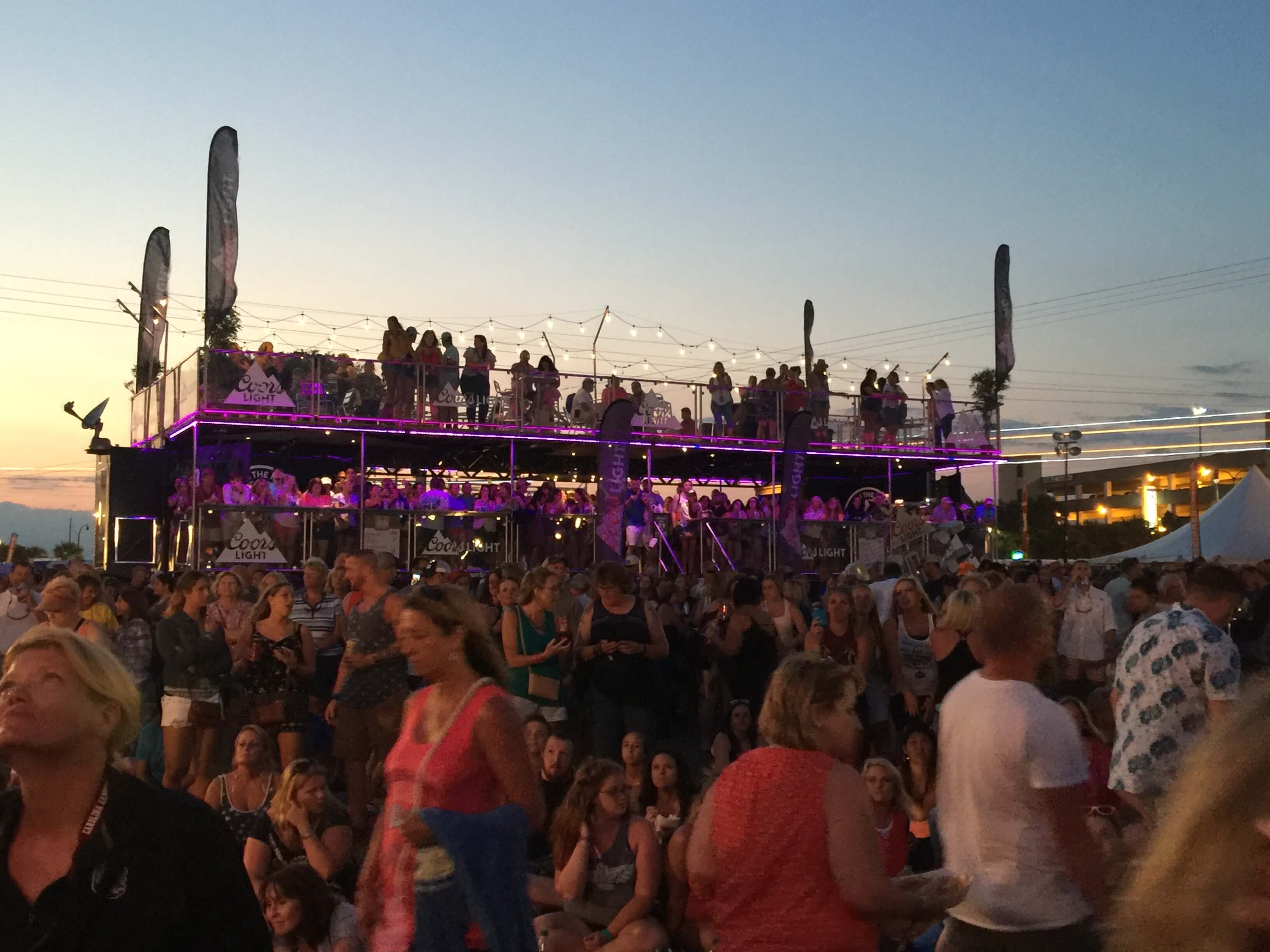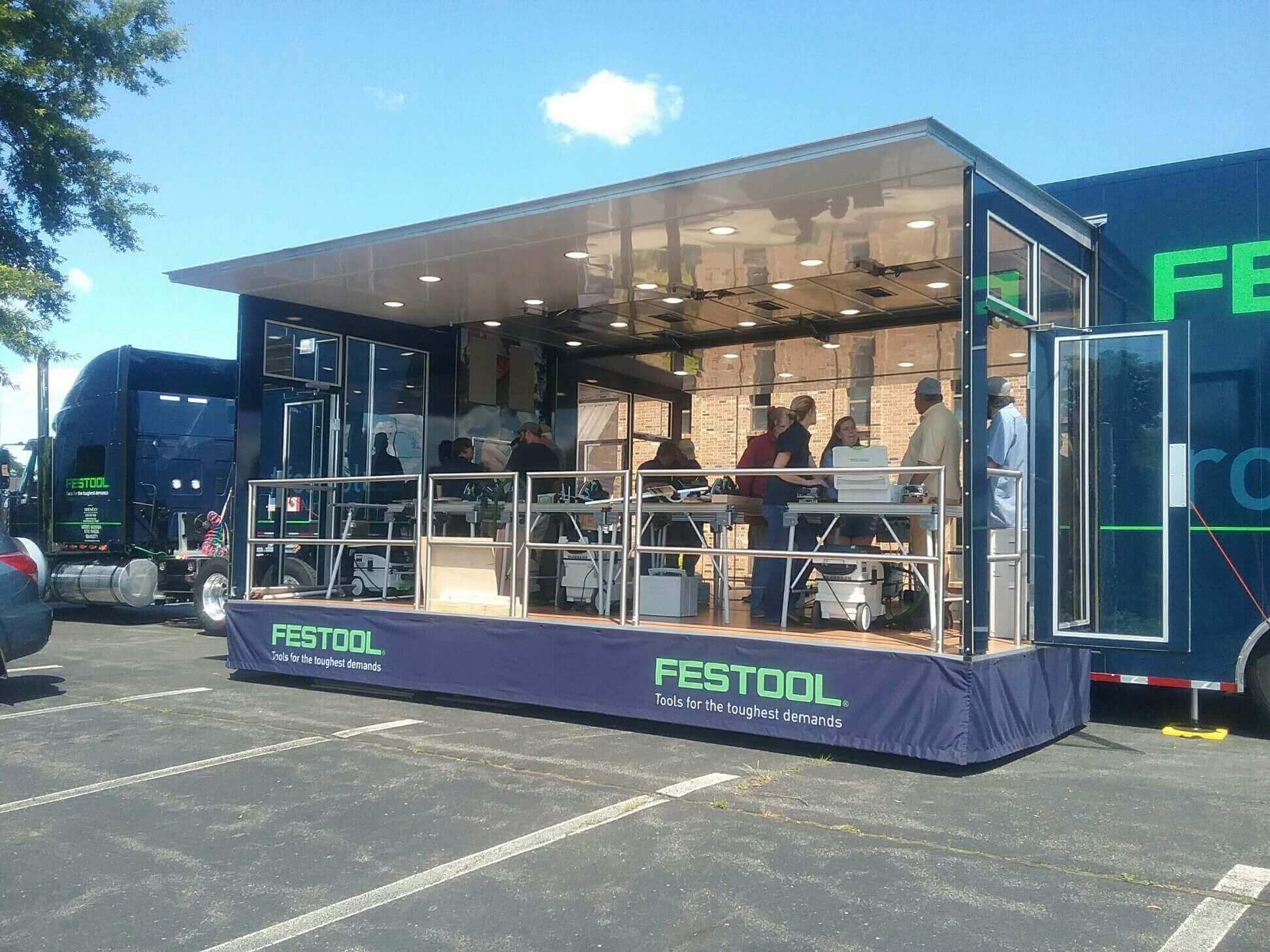We have talked a lot about partnering with the right resources for building, engaging, and enduring experiential marketing vehicles. But what happens when the show hits the road? The complexities of transporting, installing, staffing and maintaining an experiential marketing program over a six-month tour can quickly overwhelm even the most seasoned marketing professionals. So our operations experts sat down with us to share their insight into the right ways to keep a roadshow tour on track.
Here are some of the operational mistakes they’ve seen over the years and how they work with clients to avoid them. You’ll find that most of the mistakes basically come down to the application of two main elements: time and experience.
1. Four events in four days? No problem.
Ambitious marketers want to leverage as much value out of their experiential vehicle as possible. We get it. This often results in an overly aggressive tour schedule that doesn’t provide adequate time for transportation, set up and take down.Careful planning well in advance (we recommend as much time as possible from the start of a tour) will allow for proper mapping and scheduling to ensure optimum uptime for the duration of the tour. This can even help with anticipating and dealing with unexpected challenges (which always pop up) along the way.
One of the biggest oversights we see here is not allowing for enough downtime for the operators. There are federally mandated rules that trucks and their operators must follow. After a certain number of hours behind the wheel, the operator must take a federally mandated break. It’s not a request. It’s a law that every state highway patrol enforces to the letter.
2. We can use our own employees to work the roadshow, right?
Downtime isn’t just important for the operator. We’ve seen some companies staff their roadshows with their own employees. It can work in the short term. If those employees are on the road straight through an entire tour, it’s going to take a toll on their home life, their morale and their performance on the job, especially if the event tour isn’t their only work responsibility.We typically recommend dedicated crews for each vehicle who can rotate on and off in order to keep everyone fresh and engaged in the experience. We build teams from experienced personnel who know the equipment inside and out.
3. What do you mean I don’t have the right permits?
This is where experience comes into play. Every state has their own Department of Transportation with their own set of rules and requirements. Knowing the rules and incorporating them into your initial planning is key — even in the building of the vehicle. Weight, length, width, height and other physical properties of the vehicle are all dictated by what can legally roll down the road.The planning stage is when your operations manager should start to line up the various permits and other documents you’ll need to transport and operate the vehicle in all of the towns and states on your tour. Without them, the vehicle and the crew will just have to sit and wait.
4. How hard can it be?
We’ve seen it many times where marketers want a young, diverse team to operate their roadshows at the expense of having experienced operators ensuring the proper set up and performance of the vehicle and exhibits.
With the right team, you can do both — having the right personnel interacting with your customers and experienced professionals who understand the vehicles and equipment inside and out. Outsourcing customer-facing “brand ambassadors” works well. Make sure the key operators have more than a few miles under their belts.
For example, a relatively green CDL driver may be skilled enough to get the vehicle from one show to the next. In most cases, they will have never hauled or set up anything like an experiential trailer with all the moving parts, transforming elements and complex electronics. When operators are inexperienced or not fully and properly trained on a vehicle’s equipment, that’s where we see an increase in maintenance issues and damaged gear. A trained operator will know how to care for the vehicle in order to keep it up and running for the whole tour.
5. What could go wrong?
Of course, even the most optimistic experiential marketers know that sometimes stuff happens. Sometimes it’s due to weather or other uncontrollable external factors. Other times it’s due to third party components malfunctioning, operator error or just the wear and tear of being on the road for weeks or even months at a time.
The mistake people make here is that they don’t develop contingency plans or regular maintenance protocols in order to be prepared for “stuff happening.” If something breaks, there ends up being significant downtime while a repair resource is found and the problem is resolved. Plus, if the marketer is trying to manage all of this themselves, they have to coordinate staff, finding qualified technicians to make repairs and make the array of other calls and adjustments that result from a vehicle being out of commission.
As builders and operators, we always build in routine maintenance time as part of the tour and have teams, plans and resources in place to deal with whatever can go wrong. The fact that we do all this as part of our operations and exhibit services means that we’re able to deal with challenges in real time, resulting in little to zero downtime. In many cases, the issue gets resolved before the client even hears about it.
Ultimately, operations is an eye-opening experience for our clients, one way or another. Those who choose to go at it alone, often discover that operating the tour was more costly than they anticipated, in time, money, personnel and anxiety. When the vehicle comes back to us after the tour, we see more issues with damaged equipment and operator-error-related repairs.
“The difference is amazing.”
Those who choose to partner with us in operating their tour discover early on the value of having our experience keeping the tour on track, but even more so after they’ve had a go at operating the tour themselves.
We’re interested to hear about your experience. Drop us a line to tell us how you have typically handled operations and the impact of operating a tour has had on your organization. If you want to learn more about our operations capabilities, talk with us. Our experts will be happy to answer any questions you may have.





